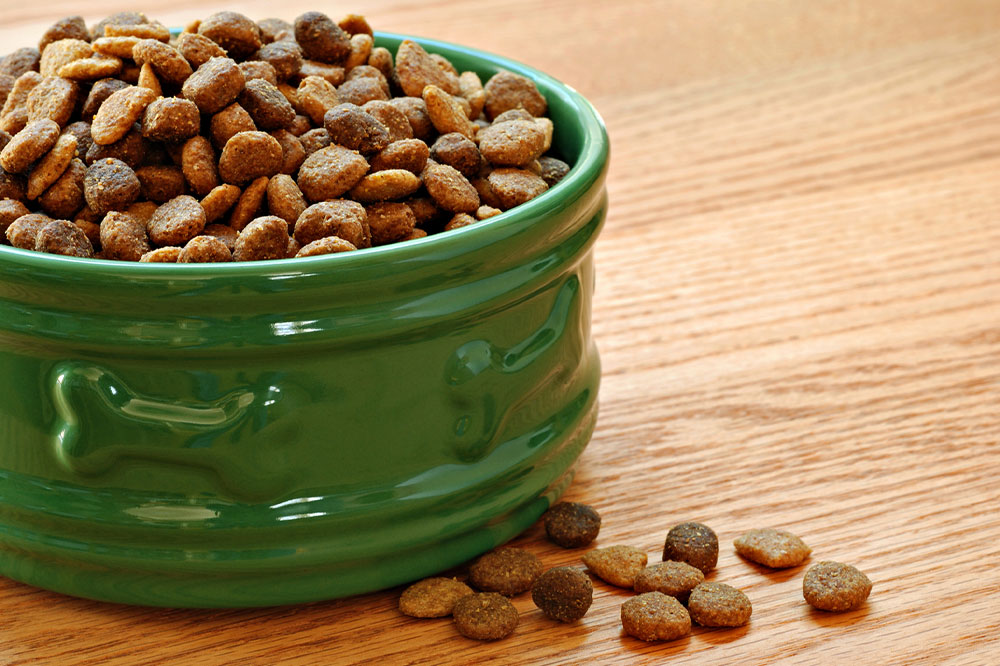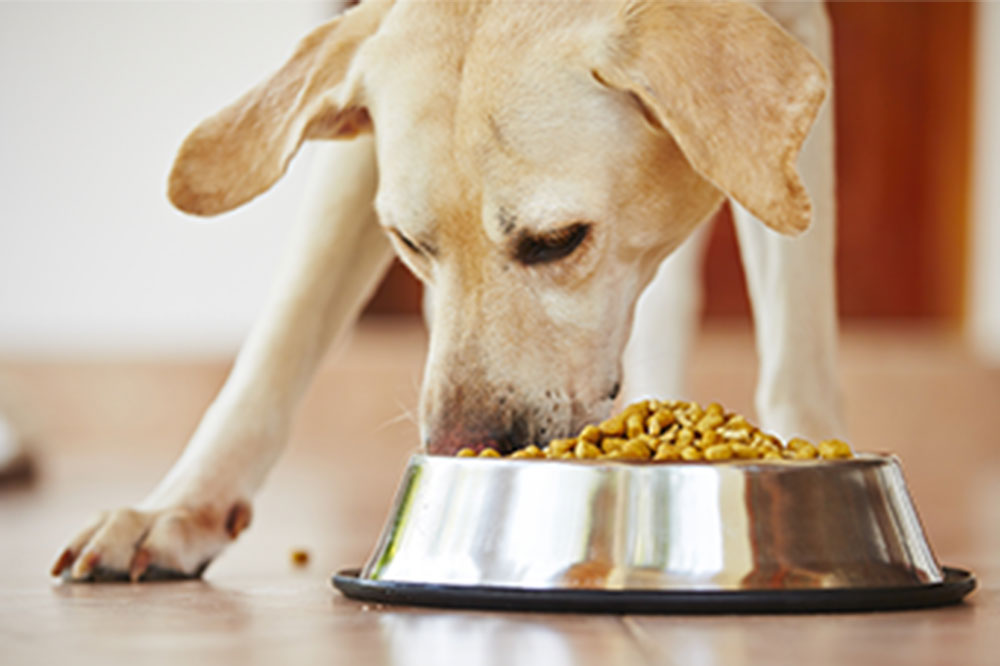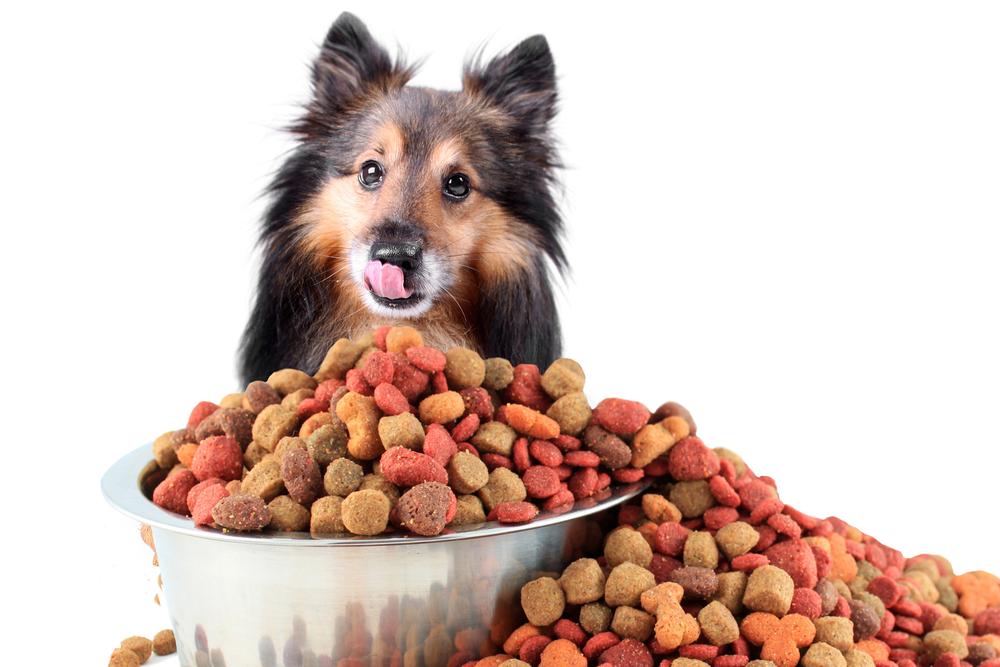Selecting the Perfect Dry Food for Your Dog
Discover how to choose the best dry dog food by understanding ingredient quality, nutritional needs, and key factors like age and health. This guide helps pet owners make informed decisions for a healthier, happier dog, emphasizing safe ingredients and when to consider switching foods. Learn tips to select high-quality, affordable dry kibble suited to your pet’s lifestyle, with advice on ingredients to avoid and how to consult your veterinarian for personalized recommendations.
Choosing the Ideal Dry Dog Food for Your Pet
Tips for Picking the Most Nutritious Dry Dog Food
Start by examining the ingredient list—look for meat as the primary component, complemented by vegetables and grains.

When choosing dry dog food, focus on key ingredients like protein, which is vital for your dog’s health. Opt for formulas with chicken, turkey, or fish as main protein sources.
Healthy fats are also critical for a shiny coat and joint health. Look for foods rich in omega-3 fatty acids, such as salmon or flaxseed oil. A good guideline is to select options where fats contribute no more than 30% of caloric intake.
Always prefer US-manufactured products, as stricter regulations help ensure quality control. Kibble is the most common dry dog food type—easy to store, transport, and usually well-liked by dogs.
Ingredients to Avoid
Be cautious of dry foods that are hard to digest or may cause dental issues if not combined with other foods. Watch out for high carbohydrate content, artificial additives, and preservatives, which may not be ideal for your pet.
Steer clear of foods with artificial flavors, colors, or excessive sugar and salt, as these can lead to health issues like weight gain or fur loss. Avoid fillers such as corn, soy, or wheat, which offer little nutritional value and can be harmful. Also, prevent options containing animal by-products.
With numerous options available, selecting the best dry dog food can seem overwhelming. Consider your dog’s age, activity level, size, and health conditions when making your choice.
For example, puppies have different nutritional needs than senior dogs, so choose formulas tailored to their life stage. Budget is also important—prices range from around $10 to over $100 per bag. Pick the best quality your budget allows that meets your dog’s specific needs.
When to Switch Your Dog’s Food
Pay attention to your dog’s response to their current diet. Signs like poor coat condition, decreased activity, or digestive issues may indicate a need for a change. If your dog shows reluctance to eat, has gained or lost weight unexpectedly, or develops allergies, consult your veterinarian.
An expert can help determine if a different formula suits your pet better and guide you toward healthier options. Proper research and veterinary advice ensure you make the best nutritional decisions for your furry friend.










